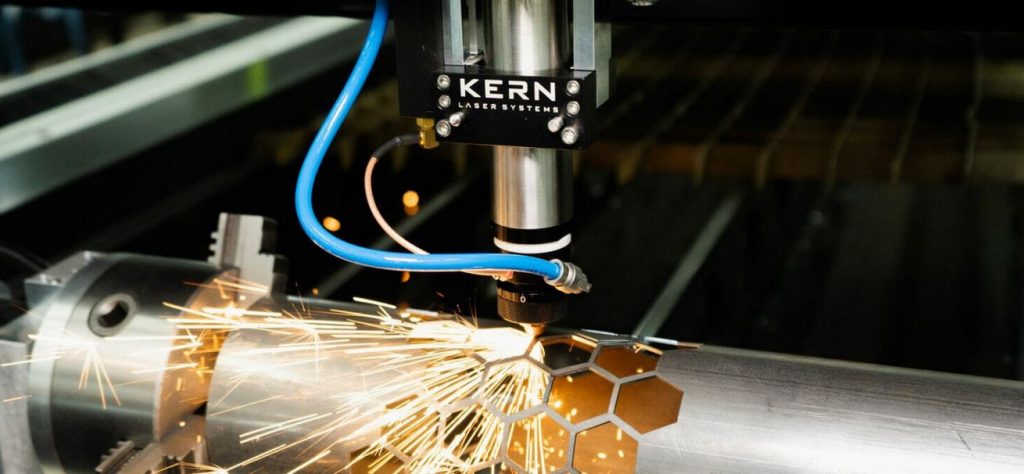In the ever-evolving landscape of manufacturing and design, laser cutting machines and engraving have emerged as transformative tools, revolutionizing the way materials are shaped and customized. Companies like Kern Laser Systems have played a significant role in advancing these technologies. Kern Laser Systems, a leading provider in the industry, has been at the forefront of developing state-of-the-art laser cutting and engraving machines. Their innovative solutions showcase the power of lasers, delivering unparalleled precision, speed, and versatility in the fabrication and customization processes. Whether it’s intricate cuts on various materials or precise engraving for personalization, Kern Laser Systems exemplifies the commitment to pushing the boundaries of what is achievable with laser technology.
Understanding Laser Cutting
Laser cutting is a subtractive manufacturing process that employs a high-powered laser beam to precisely cut or engrave various materials. The process involves directing the laser through the material, which is controlled by a computer numerical control (CNC) system. The laser beam melts, burns, or vaporizes the material, leaving behind a clean and precise cut.
Materials such as wood, acrylic, metal, leather, fabric, and even paper can be cut with exceptional accuracy using laser cutting machines. The ability to cut intricate patterns and designs makes it a preferred choice in industries like prototyping, signage, packaging, and jewelry manufacturing.
Key Advantages of Laser Cutting
- Precision: Laser-cutting machines offer unmatched precision, allowing for intricate designs and detailed cuts that would be challenging or impossible with traditional methods.
- Versatility: The versatility of laser cutting is evident in its ability to process a wide array of materials, including metals, plastics, ceramics, and composites. This adaptability makes it a go-to solution for various industries.
- Speed and Efficiency: Laser cutting is a rapid and efficient process, significantly reducing production time compared to traditional methods. The automated nature of the process also ensures consistency and repeatability in the final product.
Understanding Laser Engraving
Laser engraving, on the other hand, involves using the laser beam to mark or etch the surface of a material. It is a non-contact process that removes a thin layer of the material to create a permanent and visually appealing design. Laser engraving is commonly used for personalization, branding, and creating decorative elements.
Applications of Laser Engraving
- Personalization: Laser engraving allows for the customization of products such as trophies, gifts, and electronic devices, adding a personal touch to each item.
- Branding and Marking: Industries utilize laser engraving for branding purposes, creating permanent logos and serial numbers on products. This method ensures the durability and longevity of the markings.
- Art and Decor: Laser engraving can be applied to artistic endeavors, enabling the creation of intricate designs on various surfaces, including wood, glass, and acrylic.
Conclusion
The integration of laser-cutting machines and engraving technologies has revolutionized the manufacturing and design landscape, providing unprecedented precision, versatility, and efficiency. As these technologies continue to advance, they will likely play an even more pivotal role in shaping diverse industries, from manufacturing and electronics to art and personalization. The future holds exciting possibilities as laser cutting and engraving continue to push the boundaries of what can be achieved in the world of design and production.
